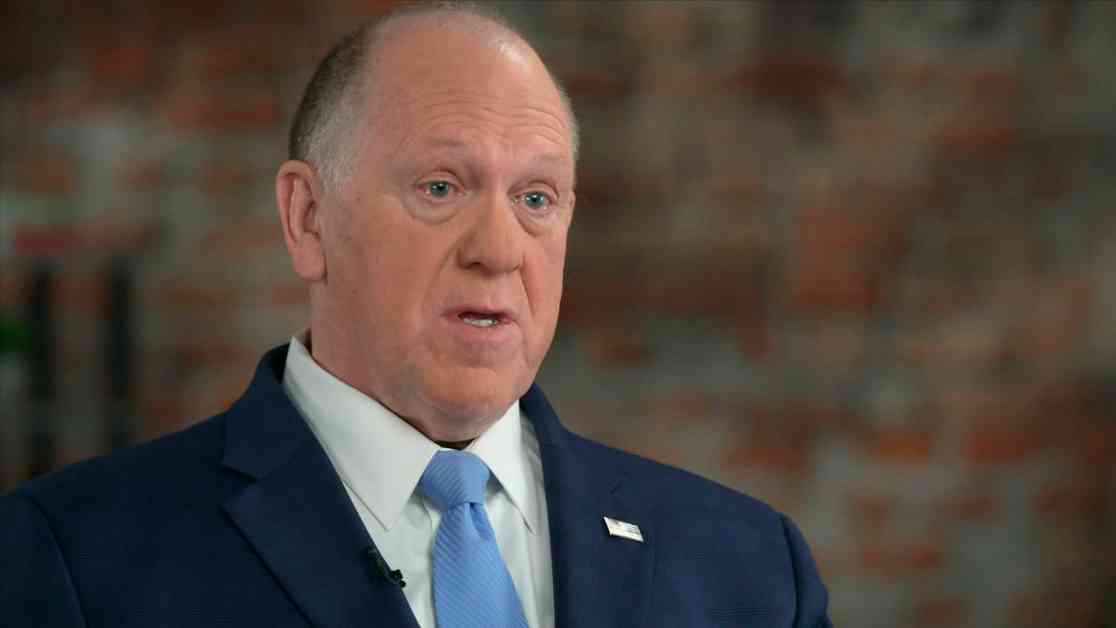Border Czar Emphasizes Congressional Support for Trump’s Mass Deportation Plan
In a recent interview with ABC’s Martha Raddatz on “This Week,” Tom Homan, the Trump administration’s “border czar,” shed light on the critical role Congress plays in the success of the administration’s mass deportation plan. Homan emphasized that the ability to remove every undocumented migrant in the United States hinges on the funding provided by Congress.
Congressional Funding Key to ICE Operations
Homan revealed that Immigration and Customs Enforcement (ICE) currently lacks the necessary funding from Congress to detain all undocumented immigrants targeted for removal. As a result, the scope of ICE’s enforcement operations is directly linked to the level of financial support allocated by Congress. Homan stressed that increased funding would enable ICE to be more efficient and effective in carrying out its mission.
Public Safety at the Forefront of Deportation Efforts
According to Homan, the primary objective of the mass deportation plan is to enhance public safety by removing criminal elements from the country. He highlighted the deportation of illegal alien gang members, including the notorious Venezuelan cartel Tren de Agua, as a key priority. Homan emphasized that success is measured by the reduction in crime rates attributed to illegal aliens and the elimination of national security threats posed by certain individuals.
Military Involvement in Repatriation Efforts
During the interview, Homan disclosed that the U.S. government had utilized military aircraft for the first time to transport migrants back to their home countries. This new approach, which involved flying over 150 migrants to Guatemala on two separate flights, is expected to become a daily operation. The use of military resources underscores the administration’s commitment to expediting the deportation process and ensuring compliance with immigration laws.
Future Outlook and Challenges
Looking ahead, Homan expressed confidence in ICE’s ability to fulfill its mandate with increased congressional support. He reiterated the importance of collaboration between federal agencies, law enforcement partners, and Congress to address the complex issue of illegal immigration effectively. Despite facing logistical and financial challenges, Homan remains optimistic about the prospects of the mass deportation plan under the Trump administration.
In conclusion, Tom Homan’s insights into the role of Congress in shaping the success of the mass deportation plan provide valuable context for understanding the complexities of immigration enforcement. As the administration navigates the evolving landscape of immigration policy, the need for sustained funding and strategic partnerships remains paramount.


